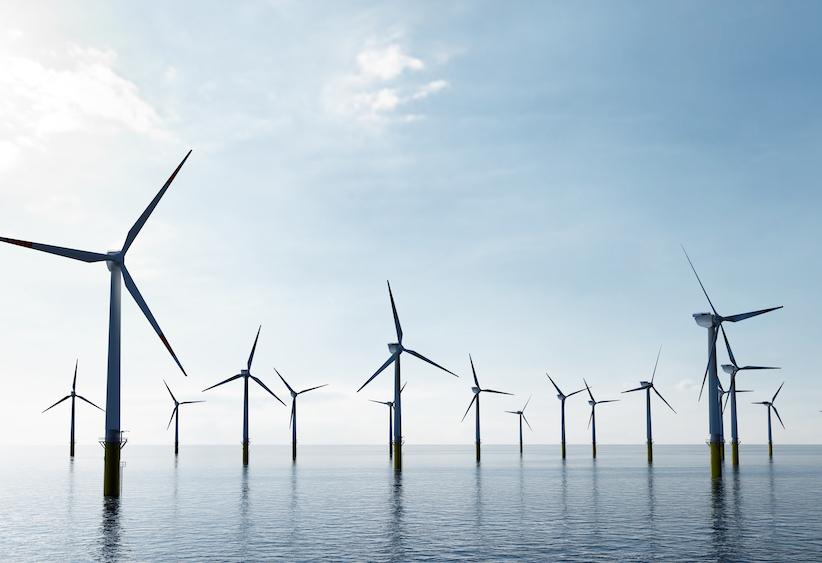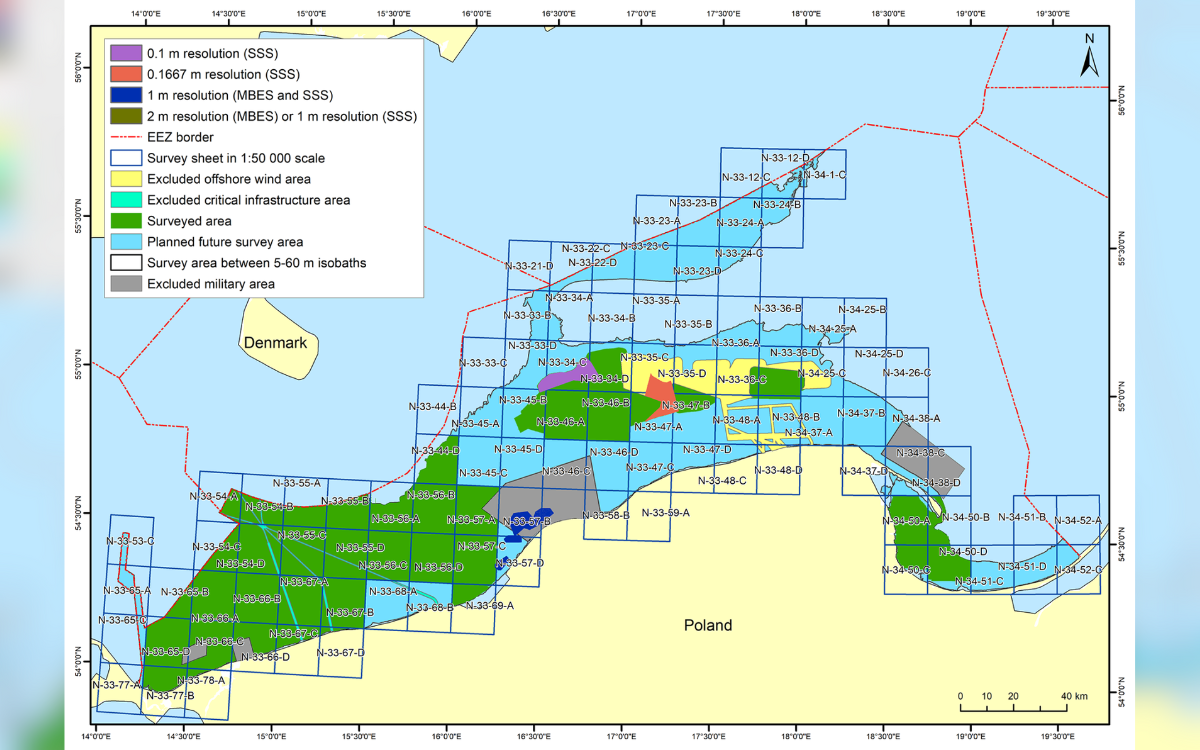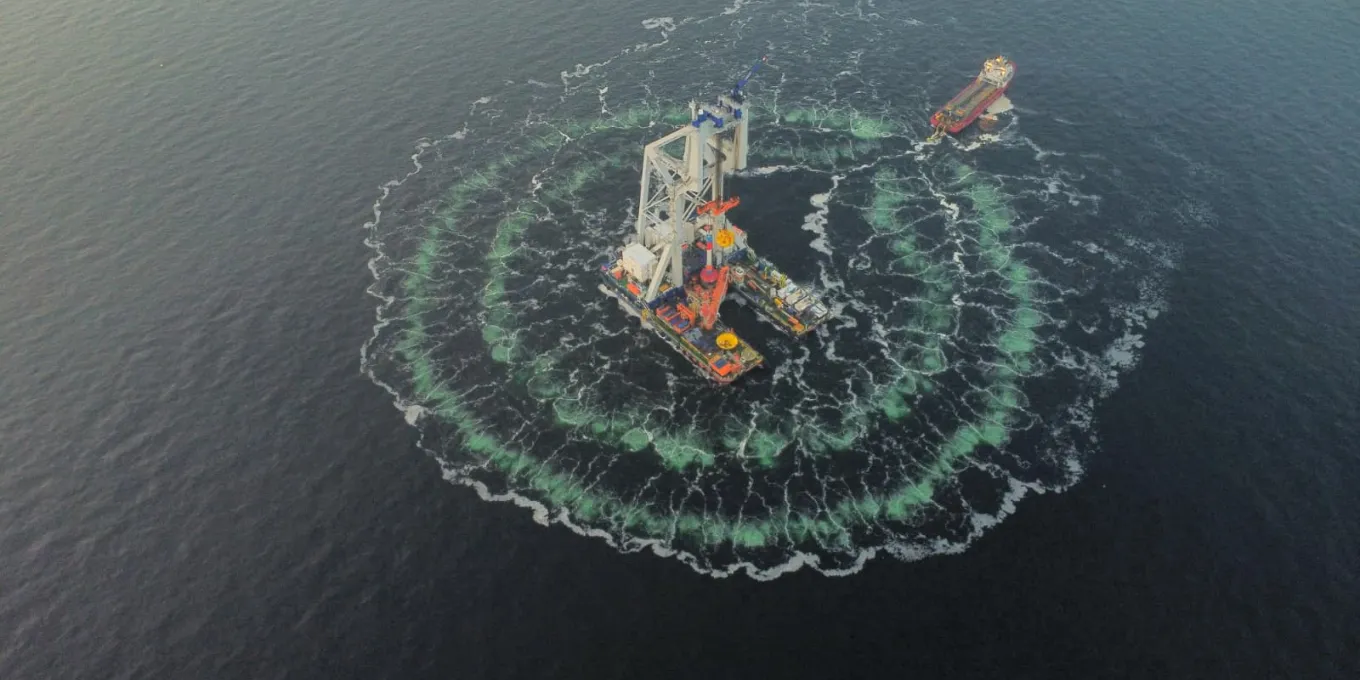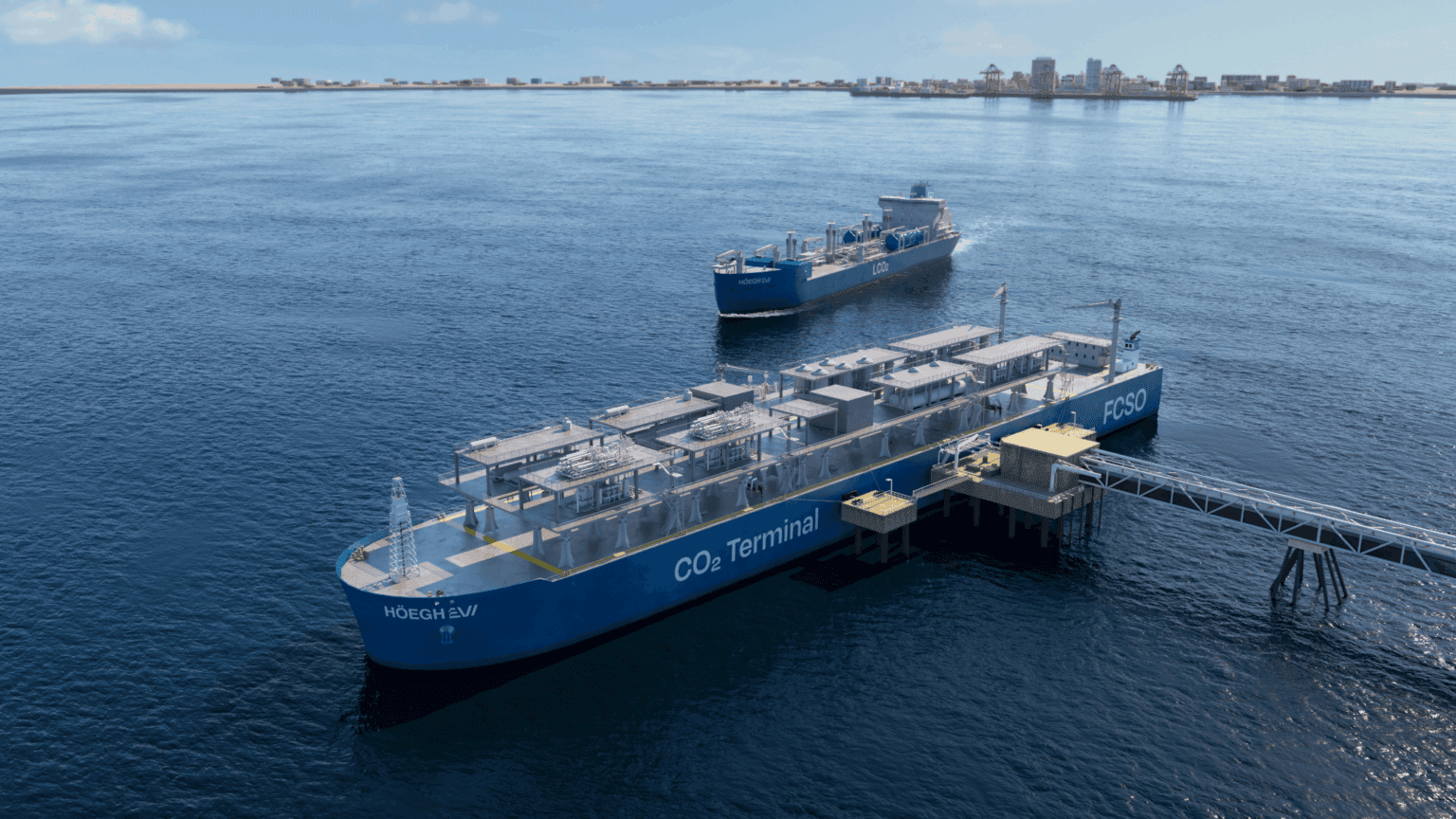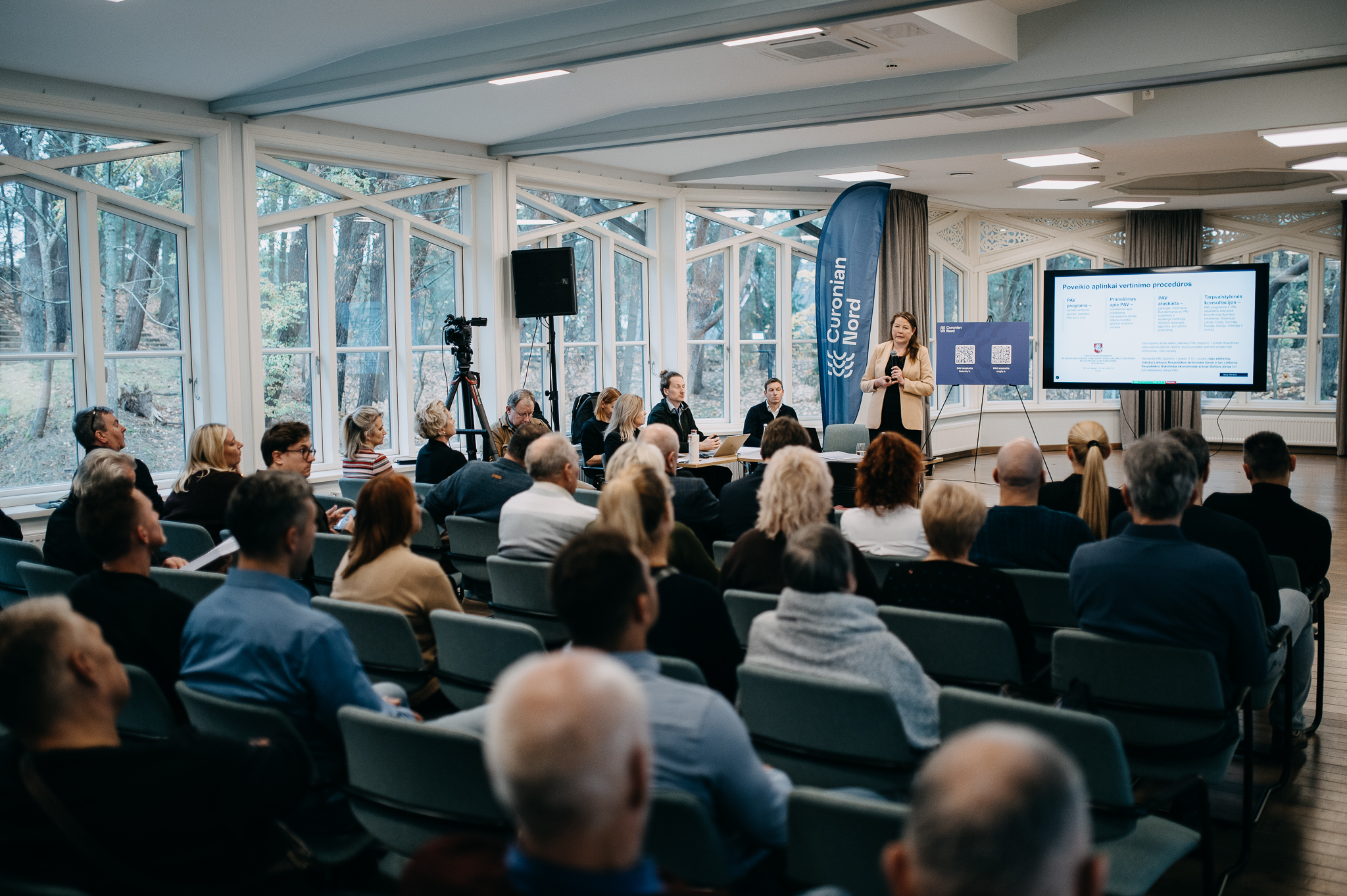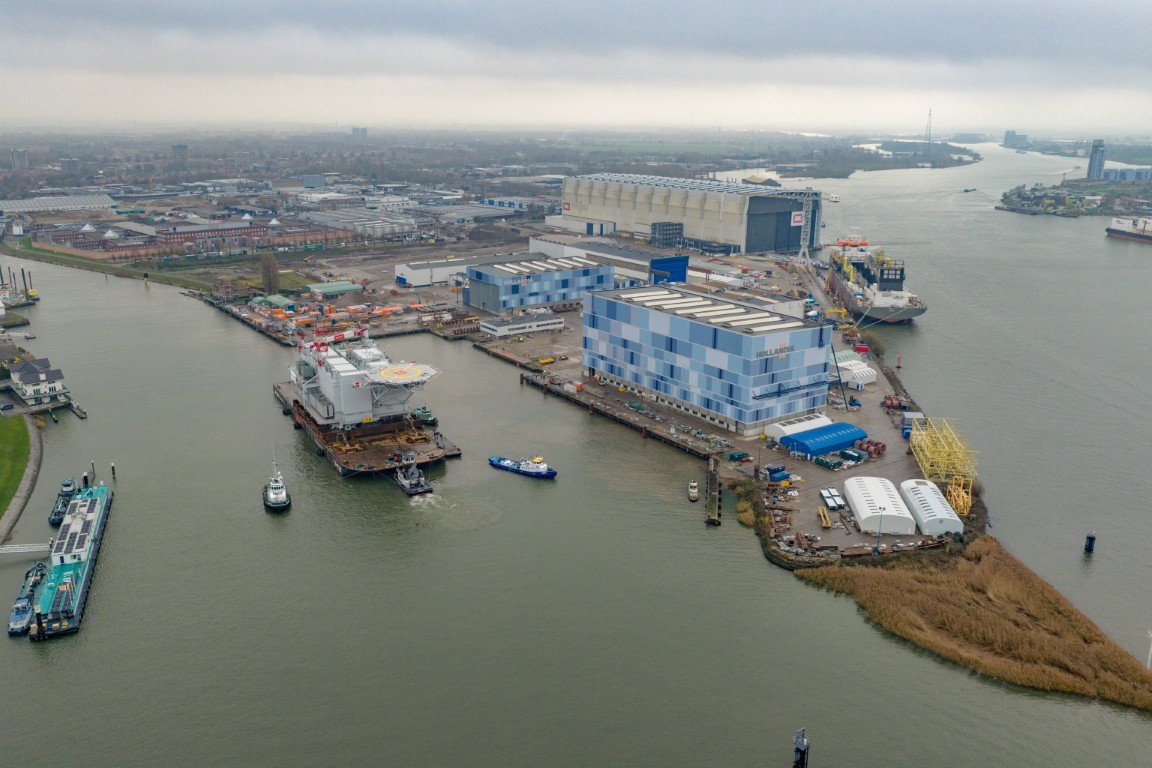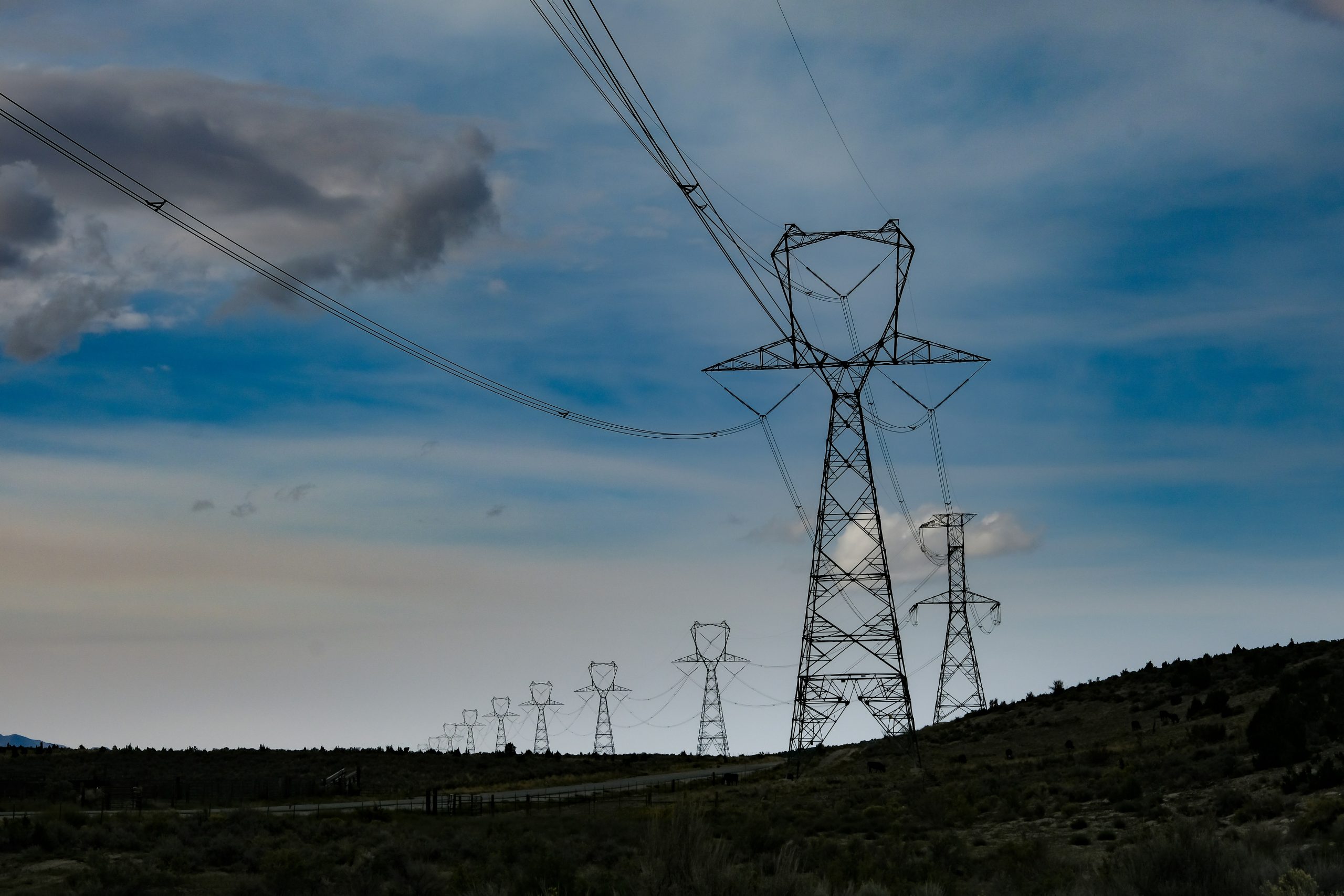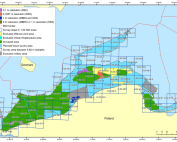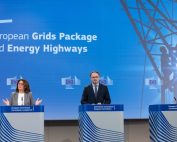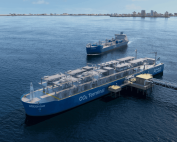The industry associations of the German offshore wind industry and the non-profit OFFSHORE-WINDENERGIE foundation presented yesterday the expansion figures for the full year 2023. The figures prepared by the consulting company Deutsche WindGuard show that a total of 27 turbines with a capacity of 257 megawatts (MW) fed into the electricity grid for the first time in Germany in 2023 and 74 new foundations were installed. In total, 29 offshore wind projects with an installed capacity of 8,465 MW or 1,566 turbines are currently in operation in Germany. Three further projects are under construction. Two of these, with a planned total capacity of 718 MW, are due to be commissioned this year.
“It is pleasing to see that offshore wind construction is slowly picking up speed again. At the same time, it is clear that offshore wind turbines with an additional capacity of 21.5 GW will have to be commissioned over the next 7 years in order to achieve the political target of at least 30 GW of offshore wind energy by the end of 2030. This corresponds to an average of 3.1 GW per year. However, political expansion targets alone do not create an industrial policy basis for implementation. The focus must therefore now shift to project realisation. In order to cope with this considerable upcoming expansion volume, the offshore wind value chain needs industrial policy measures – for example in the area of providing financing instruments – as well as a regulatory framework that enables the necessary investments. The political goals must become reliable awards and investment decisions,” commented the industry organisations BWE, BWO, Stiftung OFFSHORE-WINDENERGIE, VDMA Power Systems, WAB e.V. and WindEnergy Network e.V. on the further expansion.
Adaptation of the Offshore Wind Energy Act necessary
The industry is committed to adapting the Offshore Wind Energy Act (WindSeeG) for both forms of tendering as quickly as possible. The aim is to remove obstacles to project realisation and to strengthen the offshore wind industry in Germany and Europe. “By signing the Wind Energy Charter in December 2023, the German government has sent a strong signal that it is in favour of the EU Commission’s Wind Power Package and that it will implement the proposed effective industrial policy measures. The government is thus making a clear commitment to inflation adjustment and qualitative criteria – both in the pre-qualification and award phase – and is taking a stand against uncapped, purely quantitative bids. The tender design must therefore be changed immediately.
For the Offshore Wind Energy Act, this means that the current design of bid payments and bid components creates considerable financial pressure on the supply chain and on future electricity prices, particularly for industry. This is not in line with the political goal of project realisation and the lowest possible electricity generation costs for German industry. Bid payments should therefore be capped. It is also important to establish transparency and clear limits in the bidding process that maintain the diversity of players in the German offshore wind sector and do not unnecessarily jeopardise the actual realisation of projects. The qualitative criteria – such as the trainee quota and the proportion of renewable energy in turbine production – must be adapted, as they are unclear in their current form and create hurdles for the offshore wind industry. Qualitative criteria should be harmonised as far as possible at European level to ensure economies of scale. The German government must work to ensure that the EU Net-Zero Industry Act establishes a binding framework for a level playing field and technological resilience. It is essential for the competitive balance in the wind industry that binding and non-discriminatory as well as standardised and easily verifiable pre-qualification criteria (e.g. in cyber security) are established throughout Europe. In addition, clarity about offshore electrolysis projects within the framework of the SEN 1 tender and beyond must be created as quickly as possible, the industry representatives agree.
Expansion of port infrastructure and construction capacities
A focused financing strategy from the federal government, federal states and the EU for the value chain, for example with regard to port and construction infrastructure, is necessary in order to cover order risks and at the same time enable investment security. Investment decisions must be made as quickly as possible for the creation of additional capacities in seaports in Germany, such as logistics centers, heavy-duty storage areas and quayside facilities at manufacturers and seaports as well as hinterland connections. This also applies to ships for transport and construction as well as the subsequent operation of offshore wind turbines. We are heading for a considerable bottleneck here if the expansion continues to pick up.
Source: WAB
